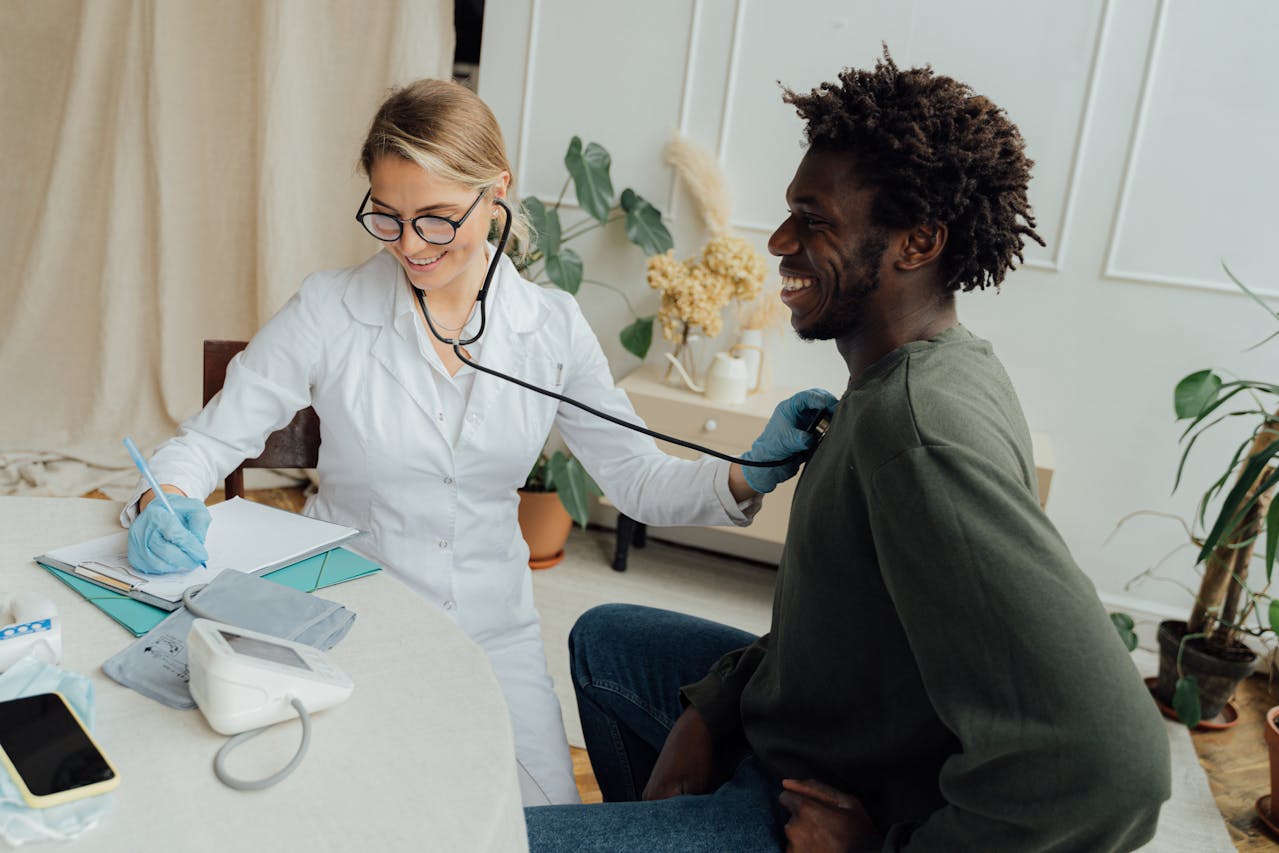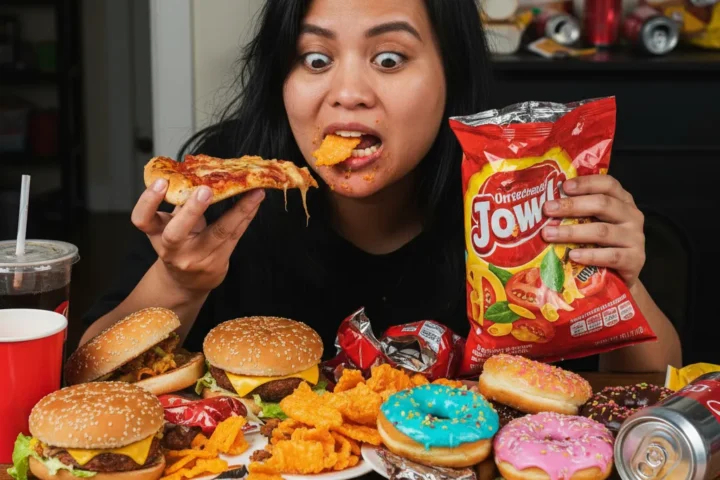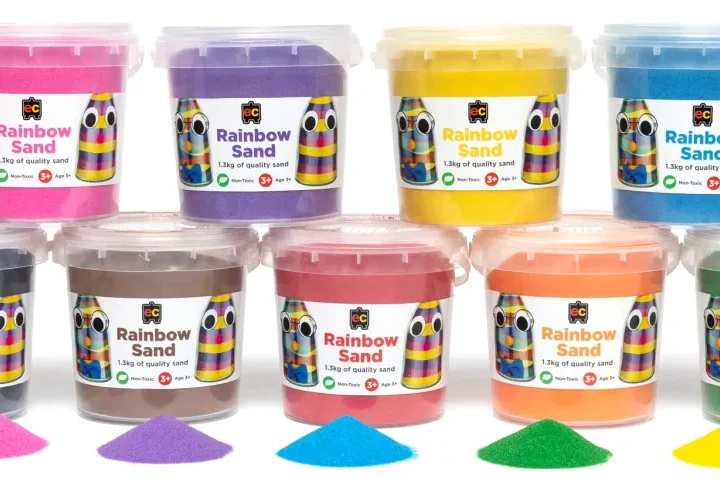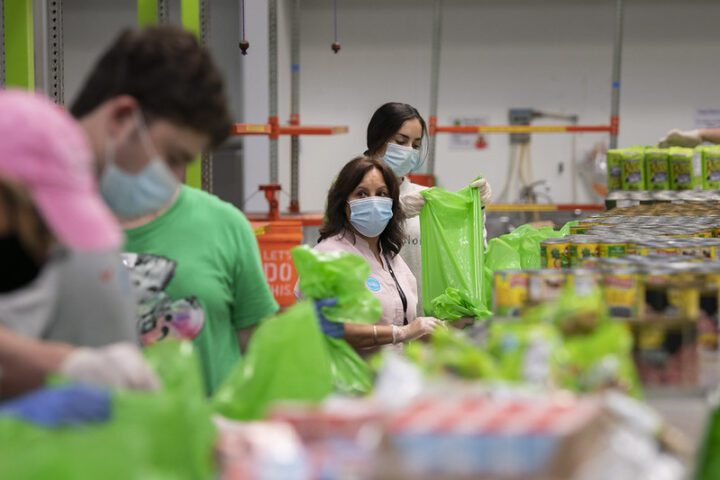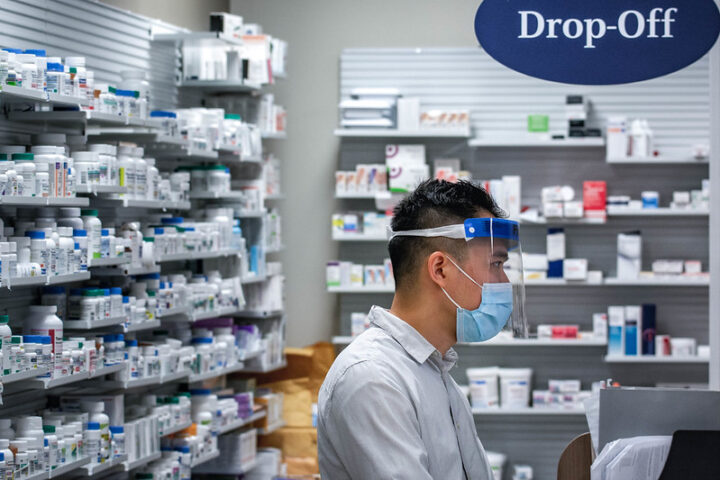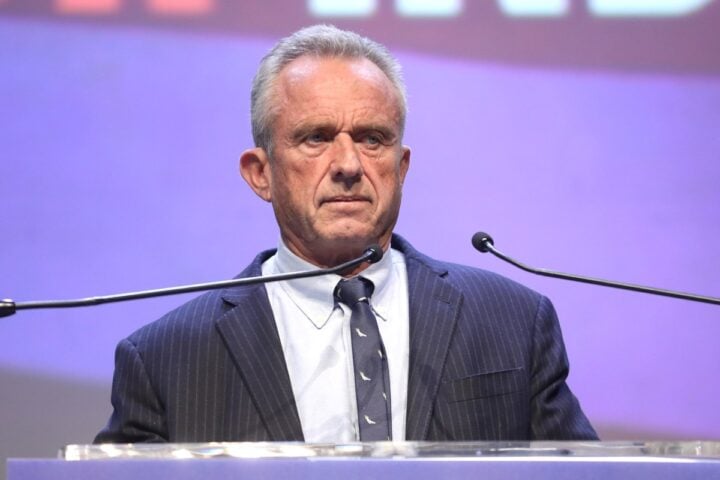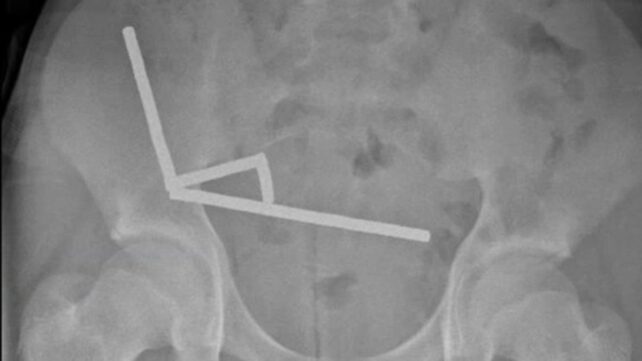The National Health Service (NHS) plans to open its first fully virtual hospital in 2027, aiming to deliver millions of extra appointments while addressing long waiting lists. This digital service, called NHS Online, will operate through the NHS app without a physical building.
Patients referred by their GP will have the choice to use the online hospital for specialist care. If they choose this option, they can book virtual consultations with specialists from across England. When tests or scans are needed, patients can schedule these at local Community Diagnostic Centres closer to home.
The virtual hospital aims to provide up to 8.5 million appointments and assessments in its first three years – about four times more than an average NHS trust. Initially, the service will focus on treatment areas with the longest waiting times, gradually expanding to other specialties where remote care is considered clinically safe.
Sir Jim Mackey, NHS chief executive, called the initiative “a huge step forward” that will “deliver millions more appointments by the end of the decade, offering a real alternative for patients and more control over their own care.”
The online hospital builds on virtual innovations already working in some parts of the country. For example, University Hospital Southampton developed a remote service for patients with low-risk inflammatory bowel disease. This led to a 73% reduction in consultant-led outpatient appointments, with over 75% of patients managed virtually and a 58% drop in waiting times.
Similarly, Moorfields Eye Hospital created a digital triage system that reduced referral processing time from 11 hours to just 2 hours. At Barking, Havering and Redbridge University Hospitals NHS Trust, 99% of referrals are triaged within 48 hours, with 82% of patients discharged without needing a face-to-face appointment.
Similar Posts
While many health leaders support the initiative, some have raised concerns. Jacob Lant, CEO of National Voices, noted: “The NHS will need to be live to the risk of digital exclusion, ensuring that people without access to technology or the right skills are supported to get the help they need.”
Louise Ansari from Healthwatch England emphasized that “all patients have an equal opportunity to benefit, not just those who are tech-savvy.” She added that clear communication will be essential, including support for signing up and using the NHS App.
Dr. Becks Fisher of the Nuffield Trust questioned where staff would come from and how patients would transition between digital and physical services when necessary. The British Medical Association has also raised concerns about potential workforce pressures.
The online hospital is part of the NHS’s 10-Year Health Plan, which aims to shift services from analog to digital. The government believes this approach can help standardize care quality across regions and reduce waiting list disparities.
Before the virtual hospital opens, NHS England plans to study research on patient experiences with online care over the past five years and incorporate these findings into the program’s development. The service will be designed with patient partnership throughout the process.
Health Secretary Wes Streeting described the initiative as “modernizing the NHS, helping it to move with the times” while assuring that it would free up capacity for people who prefer face-to-face appointments.
